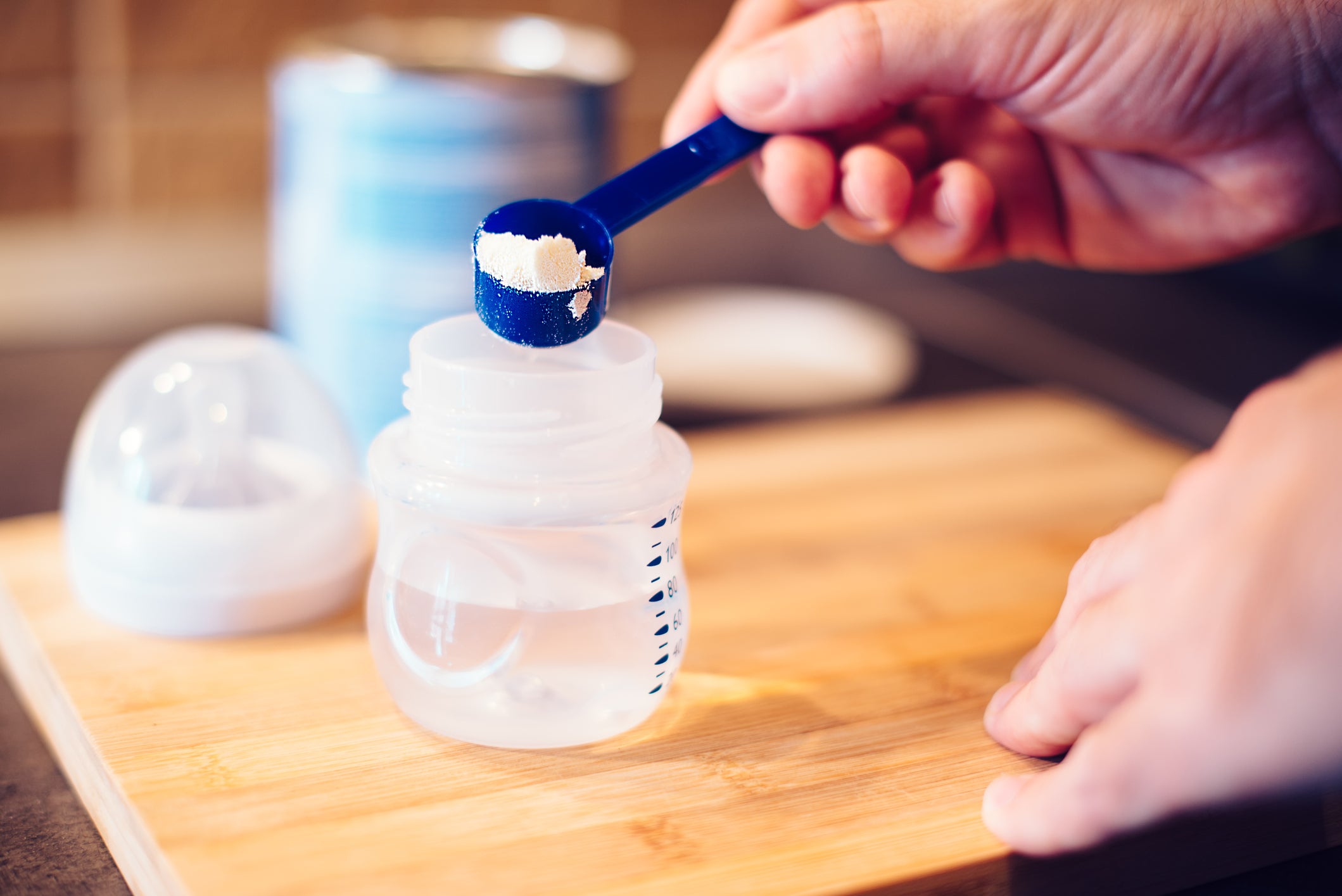

Articles
How To Store Ready To Feed Formula
Modified: December 7, 2023
Learn how to properly store ready-to-feed formula with our informative articles.
(Many of the links in this article redirect to a specific reviewed product. Your purchase of these products through affiliate links helps to generate commission for Storables.com, at no extra cost. Learn more)
Introduction
Welcome to this comprehensive guide on how to properly store ready-to-feed formula. If you are a parent or caregiver, you know that feeding a baby is a crucial part of their daily routine. Ready-to-feed formula is a convenient option that provides nutrition and nourishment for infants. However, it’s important to know how to store it correctly to maintain its freshness and quality.
In this article, we will explore the reasons why storing ready-to-feed formula properly is essential, and we will guide you through the process step-by-step. We will discuss the different storage containers available, how to prepare the formula for storage, and the best methods for refrigerating, storing at room temperature, and freezing ready-to-feed formula.
By following these guidelines, you can ensure that your baby receives safe and healthy formula every time. So, let’s dive in and learn how to store ready-to-feed formula to keep it fresh and ready to serve!
Key Takeaways:
- Properly storing ready-to-feed formula is essential for maintaining its freshness, nutritional value, and safety. Follow guidelines for choosing the right storage container, preparing the formula, and using proper storage methods to ensure your baby receives safe and nourishing feedings every time.
- Freezing ready-to-feed formula provides an option for extended storage, but it’s important to thaw and use it properly. Prioritize safety by following manufacturer’s instructions, discarding expired formula, and practicing proper hygiene to ensure every bottle of ready-to-feed formula is fresh, safe, and provides necessary nutrition for your little one.
Read more: How To Store Similac Ready To Feed
Why Store Ready-To-Feed Formula?
Storing ready-to-feed formula properly is important for several reasons. Let’s explore why it is crucial to take the necessary steps to store this type of formula correctly:
- Prolongs Shelf Life: Ready-to-feed formula typically has a shorter shelf life compared to powdered formula. By storing it correctly, you can extend its freshness and ensure that it remains safe for your baby to consume.
- Convenience: Ready-to-feed formula provides convenience, especially when you are on the go or during nighttime feedings. Properly storing the formula allows you to have it readily available whenever your baby needs to be fed.
- Preserves Nutritional Value: Storing ready-to-feed formula properly helps preserve its nutritional value. Exposure to heat, light, or air can potentially impact the quality of the formula and degrade its nutritional content. By storing it correctly, you ensure that your baby receives all the necessary nutrients.
- Prevents Contamination: Proper storage of ready-to-feed formula helps prevent contamination by harmful bacteria. Following the correct storage guidelines lowers the risk of bacterial growth and reduces the chances of your baby getting sick from consuming spoiled formula.
- Saves Money: By storing ready-to-feed formula properly, you can avoid waste and the need to discard unused portions. This saves money in the long run and ensures that you maximize the use of every bottle or container of formula.
Overall, storing ready-to-feed formula correctly is essential for maintaining its freshness, nutritional value, and safety. By understanding the importance of proper storage, you can ensure that your baby receives the best quality formula every time they need to be fed.
Choosing the Right Storage Container
When it comes to storing ready-to-feed formula, selecting the right storage container is crucial. The container you choose should be safe, airtight, and capable of preserving the freshness and quality of the formula. Here are some factors to consider when choosing the right storage container:
- BPA-Free: Look for containers that are BPA-free. Bisphenol A (BPA) is a chemical that can leach into the formula and pose potential health risks. Opting for BPA-free containers ensures the safety of the formula.
- Airtight Seal: Ensure that the container has an airtight seal to prevent air from getting in and causing the formula to spoil. Airtight seals also help preserve the nutritional content of the formula.
- Measurement Markings: Choose a container that has clear and accurate measurement markings. This allows you to measure the formula accurately, ensuring the right ratio of water to formula when preparing a bottle.
- Durable and Easy to Clean: Select a container that is durable and easy to clean. Look for containers made of high-quality materials that can withstand frequent use and cleaning without staining or retaining odors.
- Size and Portability: Consider the size and portability of the container. If you plan on storing formula for longer periods or on-the-go, opt for containers that are compact and easy to carry.
There are various types of storage containers available, including plastic bottles, glass bottles, and plastic pouches. Each has its own advantages and considerations. Plastic bottles are lightweight and typically come with measurement markings, making them convenient for measuring and serving the formula. Glass bottles are a popular choice due to their durability, ease of cleaning, and their ability to retain the formula’s freshness. Plastic pouches are compact and disposable, making them a great option for on-the-go feeding.
Take your time to explore different options and consider your specific needs and preferences when selecting the right storage container for ready-to-feed formula. Remember to thoroughly clean and sanitize the containers before each use to ensure optimal hygiene.
Preparing the Formula for Storage
Before storing ready-to-feed formula, it’s important to properly prepare it to maintain its quality and safety. Follow these steps to prepare the formula for storage:
- Check the Expiration Date: Always check the expiration date on the formula packaging to ensure it is still within its usable period. Using expired formula can be harmful to your baby’s health.
- Clean and Sanitize: Thoroughly clean and sanitize the areas where you will be handling the formula, including bottles, nipples, and other utensils. Use hot, soapy water and a bottle brush to clean the bottles, and boil them for 5 minutes to sterilize them. Alternatively, you can use a dishwasher if it has a sterilization cycle.
- Wash Your Hands: Wash your hands with soap and warm water for at least 20 seconds before handling the formula. This helps minimize the risk of introducing harmful bacteria into the formula.
- Follow Instructions: Read and follow the manufacturer’s instructions on the formula packaging. Each brand may have specific instructions for preparing and storing their ready-to-feed formula.
- Shake Well: Shake the formula container well before pouring it into the storage container. This ensures that the formula is well-mixed and consistent.
- Measure and Pour: Measure the desired amount of formula and pour it into the storage container. Use the measurement markings on the container or a separate measuring device to ensure accuracy.
- Cap and Label: Securely cap the storage container to maintain its airtight seal. Label the container with the date of preparation. This helps you keep track of the freshness of the formula.
Remember to prepare only the amount of formula that you anticipate your baby will consume within 24 hours to minimize waste. Discard any formula that has been sitting out at room temperature for more than 1 hour or has been in the refrigerator for more than 24 hours.
By following these preparation steps, you can ensure that the ready-to-feed formula is stored properly and remains fresh for your baby’s next feeding.
Storing Ready-To-Feed Formula in the Refrigerator
Storing ready-to-feed formula in the refrigerator is a common method that helps maintain its freshness and extends its shelf life. Here are the steps to follow when storing ready-to-feed formula in the refrigerator:
- Preparation Temperature: Ensure that the prepared formula is at room temperature before placing it in the refrigerator. This helps maintain the integrity of the formula and prevents temperature fluctuations inside the refrigerator.
- Choose the Right Shelf: Select a spot in the refrigerator that maintains a consistent temperature and is away from strong-smelling foods. This helps prevent the transfer of odors to the formula.
- Airtight Storage Container: Pour the prepared formula into an airtight storage container, such as a glass or plastic bottle with a secure lid. Alternatively, if your ready-to-feed formula comes in a resealable bottle or container, you can use that for storage.
- Label and Date: Label the storage container with the date of preparation. This will help you keep track of the freshness of the formula and ensure that you use it within the recommended timeframe.
- Refrigerate Immediately: Place the capped storage container in the refrigerator immediately after preparation. Avoid leaving the formula at room temperature for more than 1 hour, as it can promote bacterial growth.
- Storage Duration: Store the ready-to-feed formula in the refrigerator for no more than 24 hours. After that time, discard any unused formula to ensure the safety and freshness of the feedings.
When it comes time to feed your baby, warm the refrigerated formula by placing the storage container in a bowl of warm water or using a bottle warmer. Avoid heating the formula in the microwave, as it can create hotspots that can potentially burn your baby’s mouth.
By following these guidelines, you can properly store ready-to-feed formula in the refrigerator, ensuring your baby receives fresh and safe feedings every time.
Store ready-to-feed formula in a cool, dry place, away from direct sunlight. Once opened, refrigerate any unused portion and use within 48 hours. Do not freeze ready-to-feed formula.
Read more: How To Store Enfamil Ready To Use Formula
Storing Ready-To-Feed Formula at Room Temperature
Storing ready-to-feed formula at room temperature is an option when you need to have it readily available for immediate feedings. However, it’s important to follow the proper guidelines to ensure the safety and freshness of the formula. Here’s how to store ready-to-feed formula at room temperature:
- Closed Container: Keep the ready-to-feed formula in its original sealed and unopened container until ready to use. This helps maintain the integrity and freshness of the formula.
- Find a Cool Spot: Choose a cool and dry area in your home to store the formula. Avoid areas that are exposed to direct sunlight, heat sources, or excessive humidity, as these conditions can compromise the quality of the formula.
- Protect from Light: Store the formula away from direct light, as exposure to light can cause the nutrients in the formula to degrade over time.
- Check the Temperature: Ensure that the room temperature remains consistent and falls within the recommended range specified by the formula manufacturer. Typically, it’s advised to store formula at a temperature between 59°F (15°C) and 77°F (25°C).
- Monitor Expiration Dates: Be mindful of the expiration dates of the formula containers. If the ready-to-feed formula has been opened, refer to the manufacturer’s guidelines for the recommended shelf life at room temperature.
- Use Within 1-2 Hours: Once the ready-to-feed formula has been opened, it should be used within 1-2 hours at room temperature. Discard any leftover formula after this time to avoid the risk of bacterial growth.
It’s important to note that storing ready-to-feed formula at room temperature is not suitable for long-term storage. If you have prepared formula that wasn’t used within the recommended time frame or have opened a container, it should be refrigerated or discarded to ensure your baby’s safety.
Always follow the manufacturer’s instructions and recommendations for proper storage and shelf life of the specific brand of ready-to-feed formula you are using. By storing the formula correctly at room temperature, you can ensure that it remains fresh and safe for your baby’s feedings.
Freezing Ready-To-Feed Formula
Freezing ready-to-feed formula is a convenient option if you have excess formula or want to prepare ahead of time for future feedings. Freezing can help extend the shelf life of the formula while maintaining its nutritional value. Here’s what you need to know about freezing ready-to-feed formula:
- Choose Freezer-Safe Containers: Use freezer-safe containers or bags specifically designed for storing food in the freezer. These containers should be airtight to prevent freezer burn and maintain the quality of the formula.
- Portion Control: Divide the prepared ready-to-feed formula into smaller portions before freezing. This allows you to thaw only the amount needed for each feeding, minimizing waste.
- Label and Date: Label each container with the date of freezing and the expiration date of the formula. This helps you keep track of the freshness of the frozen formula and ensures that you use it within the recommended timeframe.
- Leave Some Space: Leave a small space at the top of each container or bag to allow for expansion as the formula freezes. This prevents the container from bursting or leaking during the freezing process.
- Freeze Immediately: Place the containers in the freezer immediately after filling them with the prepared formula. Avoid leaving the formula at room temperature for an extended period before freezing.
- Storage Duration: Ready-to-feed formula can be safely stored in the freezer for up to one month. It’s important to use the oldest frozen feedings first to maintain a rotation and ensure their freshness.
When you’re ready to use the frozen formula, transfer the container to the refrigerator and allow it to thaw overnight. Avoid thawing the formula at room temperature, as this can increase the risk of bacterial growth. Once thawed, gently swirl the container to mix the formula thoroughly before serving it to your baby.
It’s worth noting that freezing ready-to-feed formula may cause a slight change in consistency and texture. However, the nutritional content should remain relatively intact. Always check the formula’s appearance, smell, and texture before feeding it to your baby and discard any formula that looks or smells abnormal.
By following these guidelines, you can safely freeze ready-to-feed formula and have it conveniently available when needed, reducing waste and ensuring your baby receives fresh and nutritious feedings.
Thawing and Using Frozen Ready-To-Feed Formula
Thawing and using frozen ready-to-feed formula requires proper handling to ensure the safety and quality of the formula. Here are the steps to follow when thawing and using frozen ready-to-feed formula:
- Thaw in the Refrigerator: Transfer the frozen container of ready-to-feed formula from the freezer to the refrigerator. Allow it to thaw slowly and evenly overnight or for at least 24 hours. Thawing in the refrigerator helps maintain the integrity and safety of the formula.
- Gently Mix: Once thawed, gently swirl the container to mix the formula thoroughly. This helps distribute any separation that may have occurred during freezing. Avoid shaking the container vigorously, as this can introduce air bubbles.
- Check for Consistency: Check the consistency of the formula after thawing. It should resemble the consistency of freshly prepared formula. If the texture appears lumpy, curdled, or has an abnormal odor, discard the formula.
- Warm the Formula: If desired, you can warm the formula before feeding your baby. Place the container of thawed formula in a bowl of warm water for a few minutes or use a bottle warmer. Avoid microwaving the formula, as it can create hotspots that can burn your baby’s mouth.
- Feed Your Baby: Once the formula is at a suitable temperature, feed your baby as usual. Use a clean bottle and nipple, and follow your baby’s feeding cues and preferences. Discard any unused formula after the feeding.
It’s important to note that once ready-to-feed formula is thawed, it should be used within 24 hours. Do not refreeze previously frozen formula, as it can affect its safety and quality.
Always practice proper hygiene when handling the thawed formula. Wash your hands thoroughly before preparing the bottle and sterilize any utensils or equipment used in the feeding process.
By following these guidelines, you can safely thaw and use frozen ready-to-feed formula, ensuring your baby receives nourishing and safe feedings.
Safety Precautions and Guidelines
When it comes to storing and using ready-to-feed formula, it’s important to prioritize safety to protect your baby’s health. Here are some safety precautions and guidelines to keep in mind:
- Follow Manufacturer’s Instructions: Always refer to the manufacturer’s instructions and guidelines for storing and using ready-to-feed formula. Different brands may have specific recommendations that should be followed for optimal safety and quality.
- Check for Damaged Packaging: Before using ready-to-feed formula, carefully inspect the packaging for any signs of damage or leakage. Do not use formula with broken seals or damaged containers, as it can indicate a potential compromise in safety and quality.
- Discard Expired Formula: Check the expiration date on the formula packaging and discard any expired formula. Expired formula may not provide the necessary nutrients and can pose health risks.
- Proper Hygiene: Wash your hands thoroughly with soap and water before handling the formula or preparing bottles. Ensure that all bottles, nipples, and utensils are cleaned and sterilized properly to minimize the risk of contamination.
- Use Prepared Formula Promptly: Prepared ready-to-feed formula should be used promptly to prevent bacterial growth. Discard any formula that has been left at room temperature for more than 1 hour or refrigerated for longer than 24 hours.
- Store in the Correct Conditions: Follow the recommended storage conditions for ready-to-feed formula. Store it in a cool, dry place away from direct sunlight, heat sources, strong odors, and excessive humidity.
- Handle Thawed Formula with Care: Once thawed, handle the ready-to-feed formula carefully to maintain its quality. Gently mix the formula and check for any changes in texture or odor before feeding it to your baby.
- Inspect Formula Before Feeding: Before feeding your baby, inspect the ready-to-feed formula for any signs of spoilage or contamination. If it appears lumpy, curdled, or has an unusual smell, discard it and prepare a fresh batch.
- Consult Your Pediatrician: If you have any concerns or questions about storing or using ready-to-feed formula, consult your pediatrician. They can provide personalized guidance and address any specific concerns you may have.
By following these safety precautions and guidelines, you can ensure that your baby receives safe and nutritious feedings with ready-to-feed formula.
Conclusion
Properly storing ready-to-feed formula is crucial for maintaining its freshness, nutritional value, and safety. By following the guidelines outlined in this article, you can ensure that your baby receives safe and nourishing feedings every time.
Choosing the right storage container, preparing the formula correctly, and following the recommended storage methods are key steps in ensuring the quality of ready-to-feed formula. Whether you opt for refrigeration or room temperature storage, it is essential to maintain airtight seals, check expiration dates, and follow proper hygiene practices during handling and preparation.
Freezing ready-to-feed formula provides an option for extended storage, but it’s important to thaw and use it properly. Thawing in the refrigerator, gently mixing the formula, and checking consistency are necessary steps to maintain its quality before feeding.
Throughout the process, it is crucial to prioritize safety. Follow the manufacturer’s instructions, discard expired formula, practice proper hygiene, and regularly inspect the packaging for any signs of damage. When in doubt, consult your pediatrician for personalized guidance and recommendations.
Remember, your baby’s health and well-being are of utmost importance. By implementing these best practices, you can ensure that every bottle of ready-to-feed formula is fresh, safe, and provides the necessary nutrition for your little one.
Thank you for taking the time to read this comprehensive guide on how to store ready-to-feed formula. We hope that the information provided will help you navigate the storage process with confidence, ensuring the best feeding experience for you and your baby.
Frequently Asked Questions about How To Store Ready To Feed Formula
Was this page helpful?
At Storables.com, we guarantee accurate and reliable information. Our content, validated by Expert Board Contributors, is crafted following stringent Editorial Policies. We're committed to providing you with well-researched, expert-backed insights for all your informational needs.
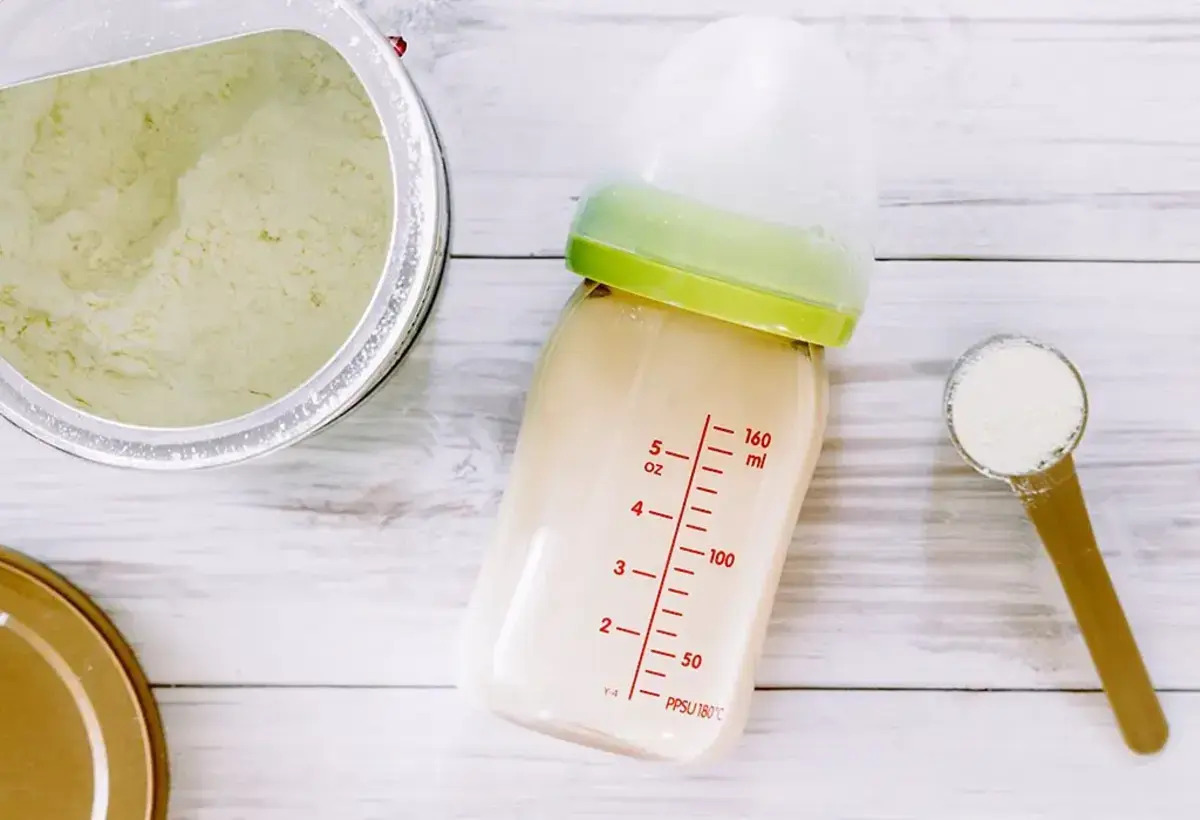
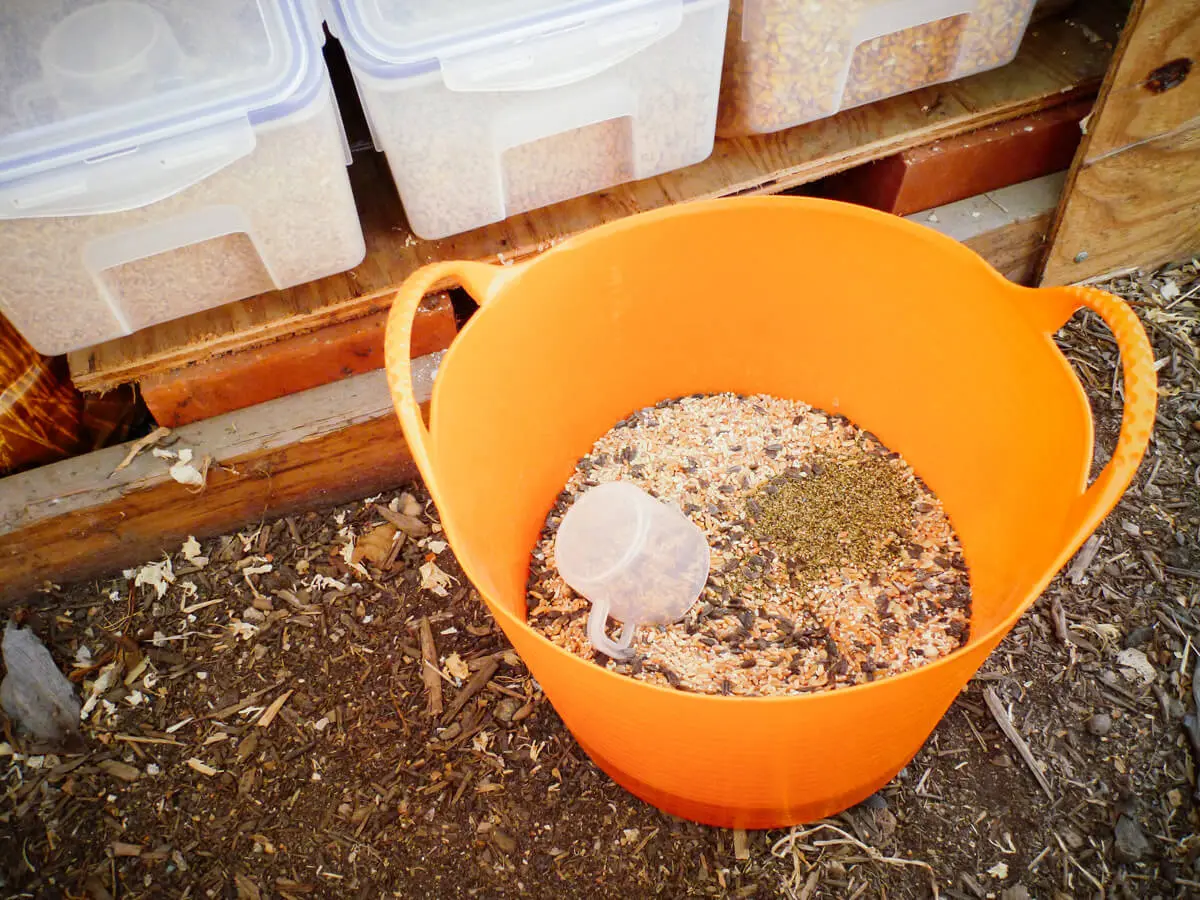
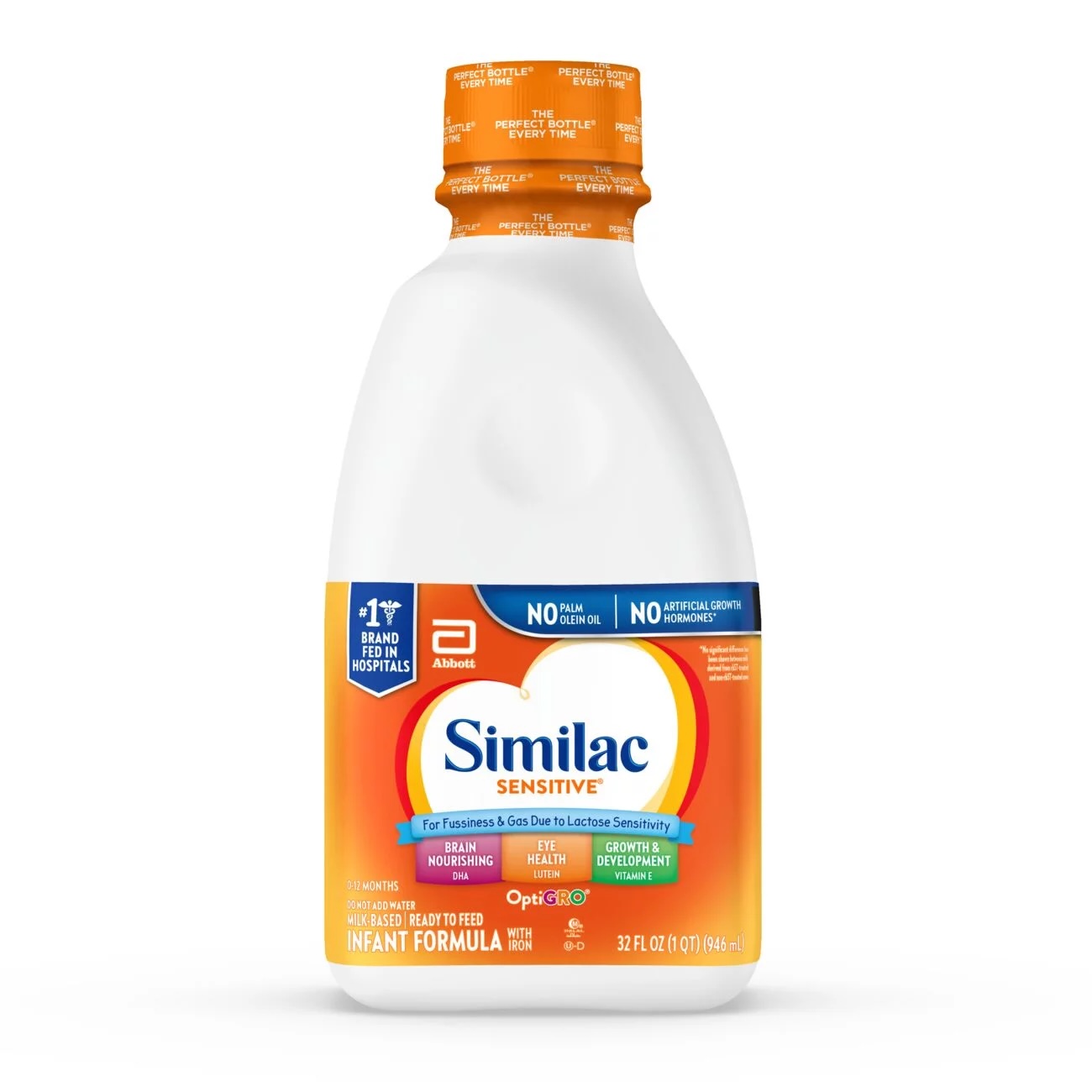
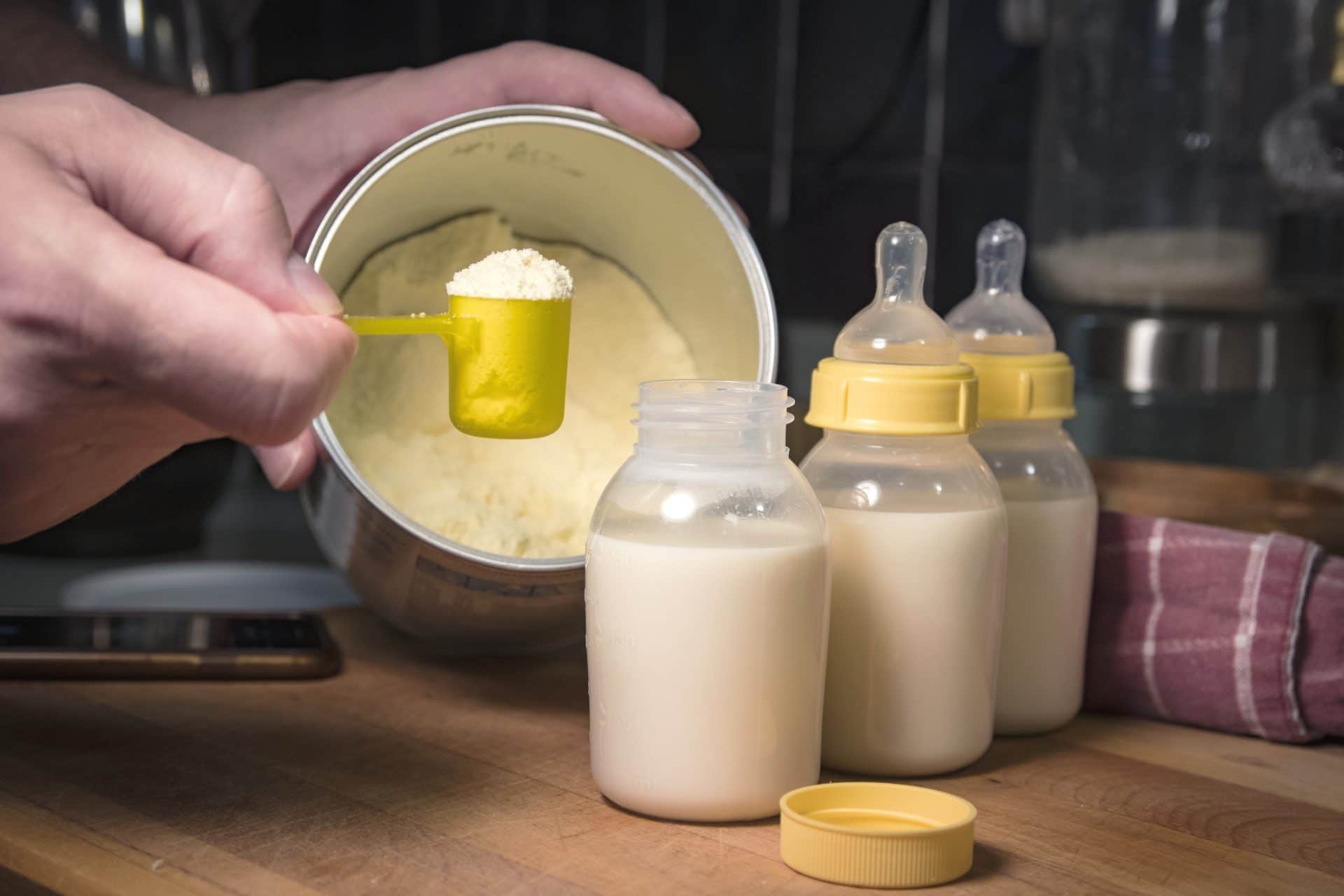


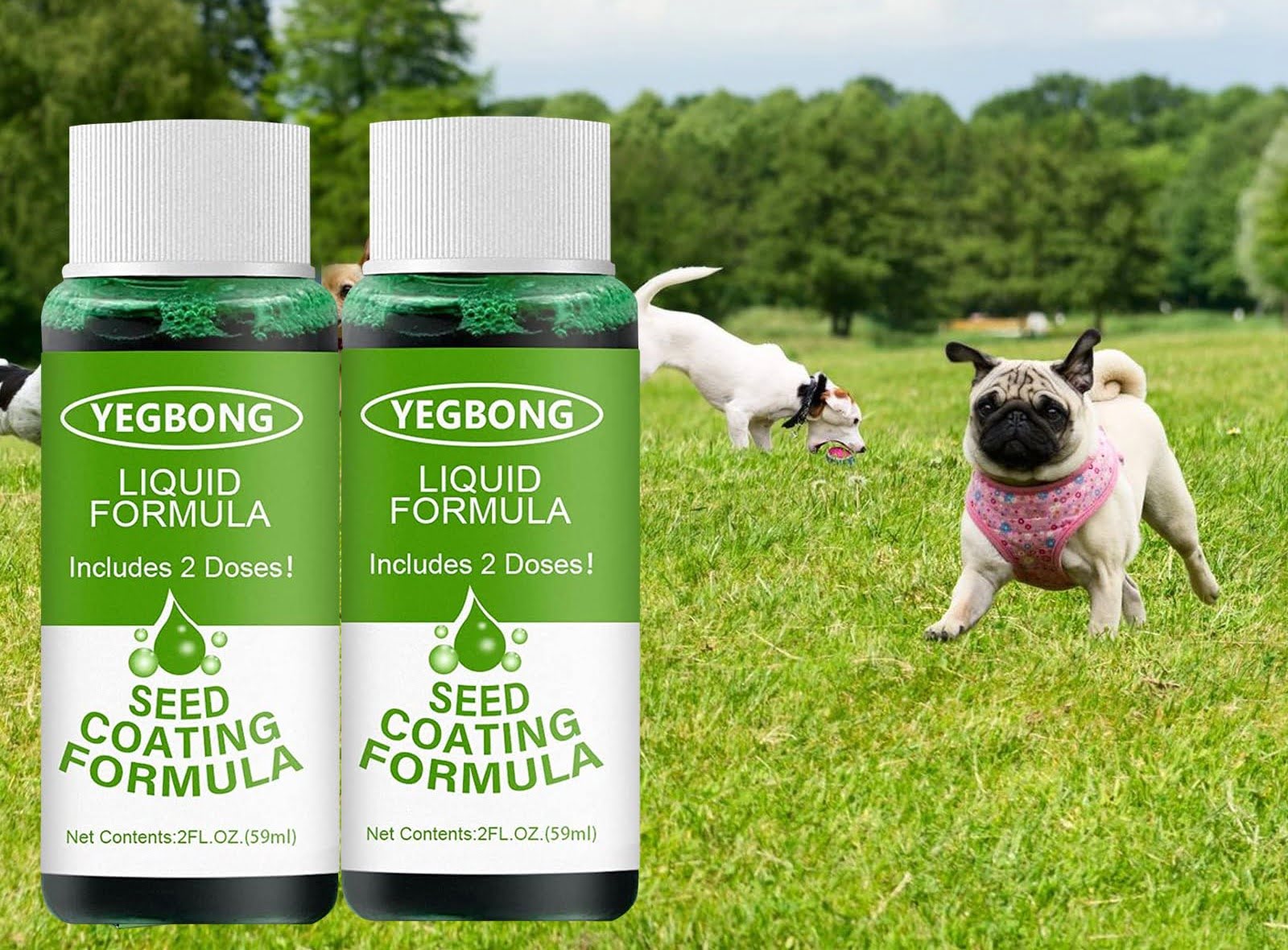
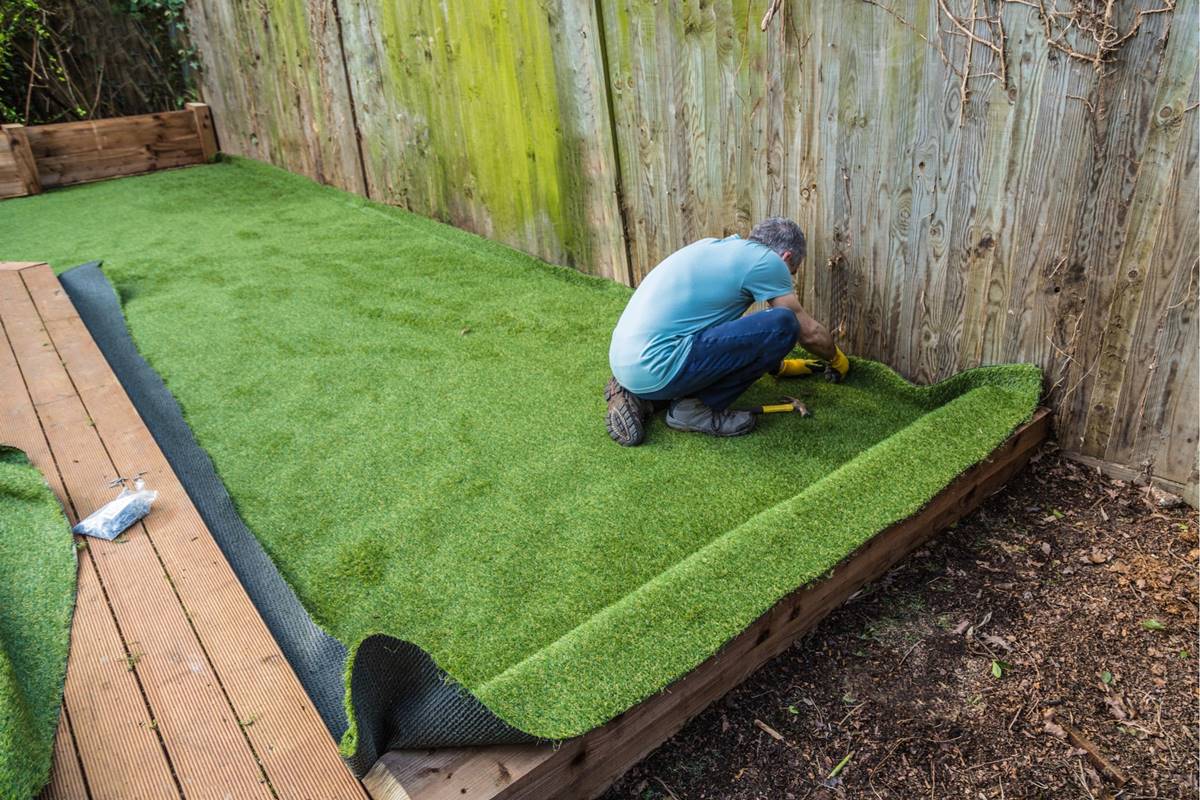


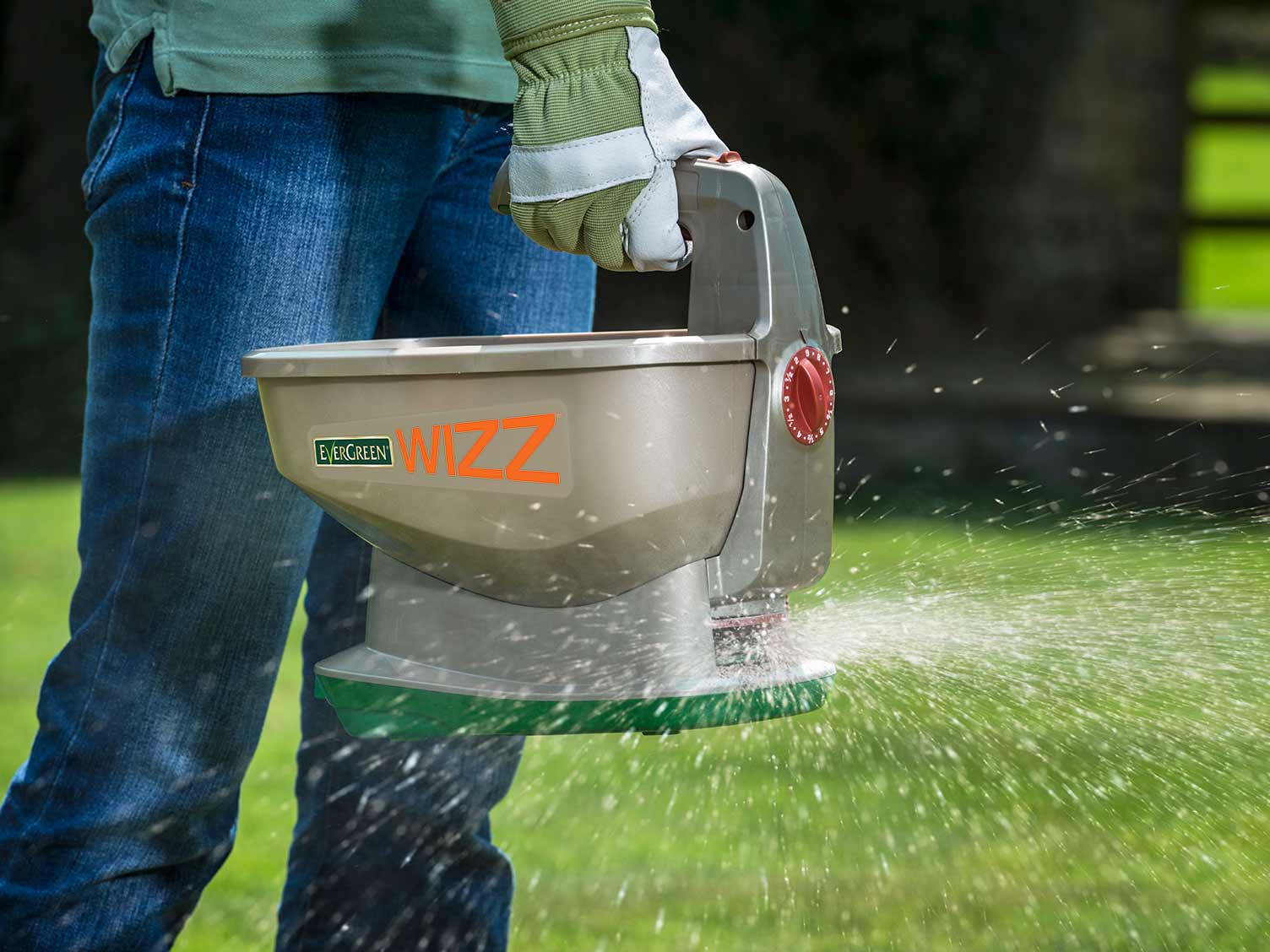
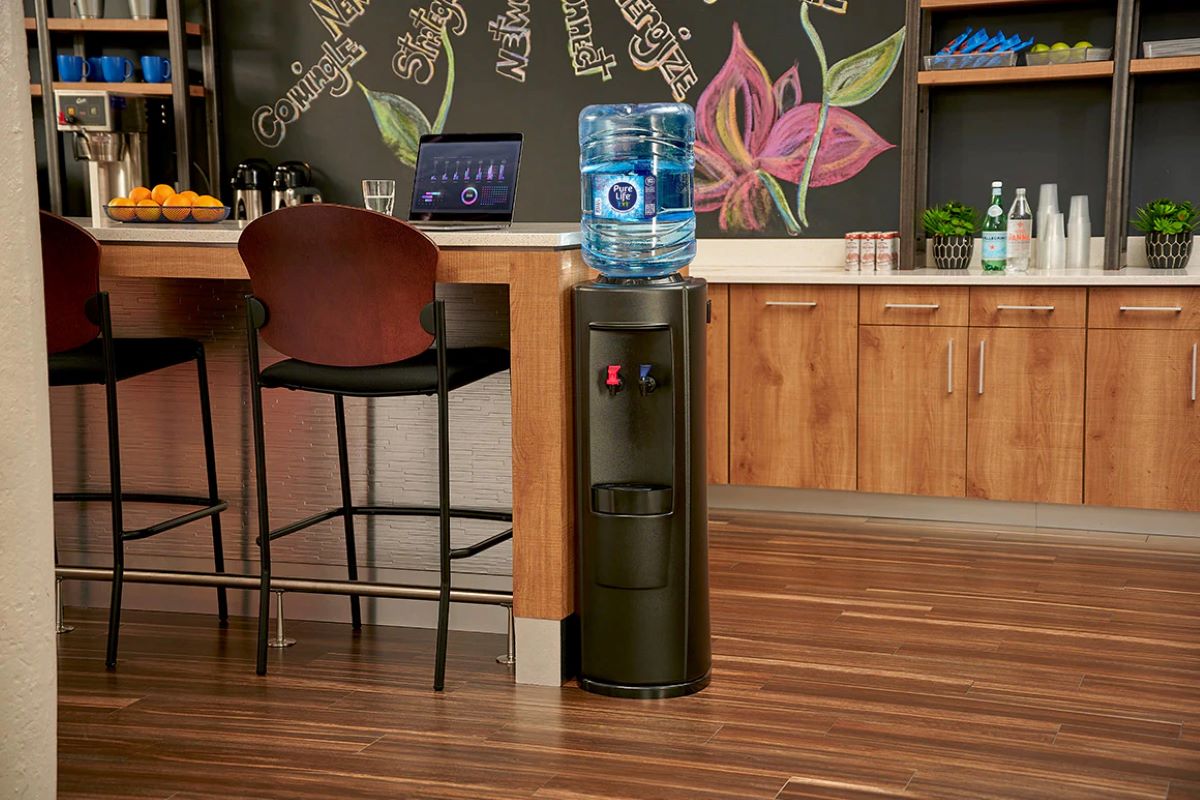
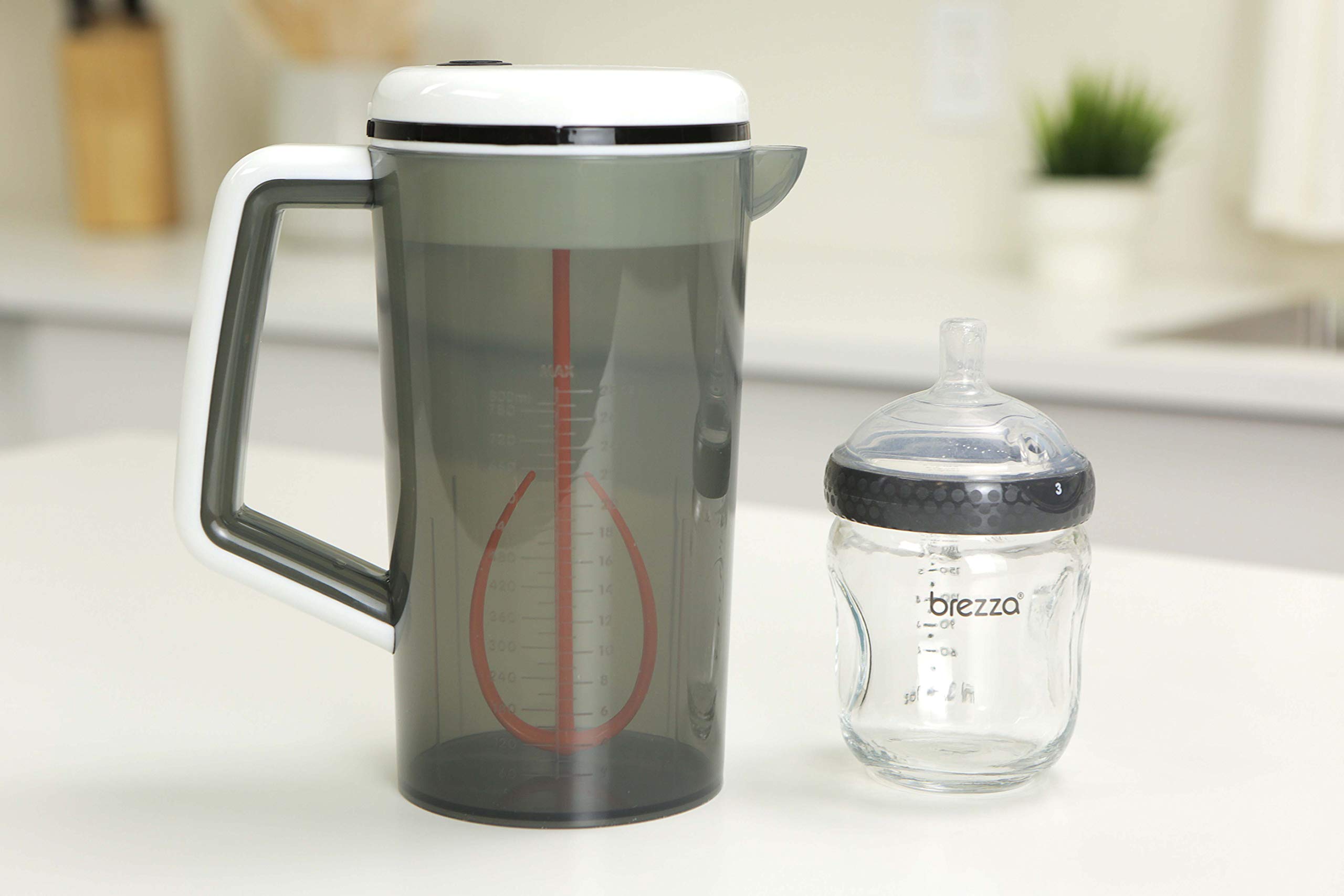

0 thoughts on “How To Store Ready To Feed Formula”